
Another sketch, just finished. It’s gouache, pastel, felt pens, and post-it on paper.
Un altro schizzo appena finito. Tempera, pastello, pennarello e post-it su carta.

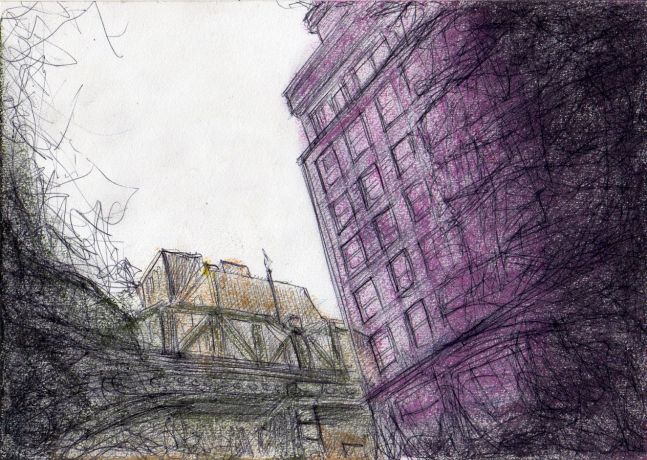
A hungry sketch. Well, why not?
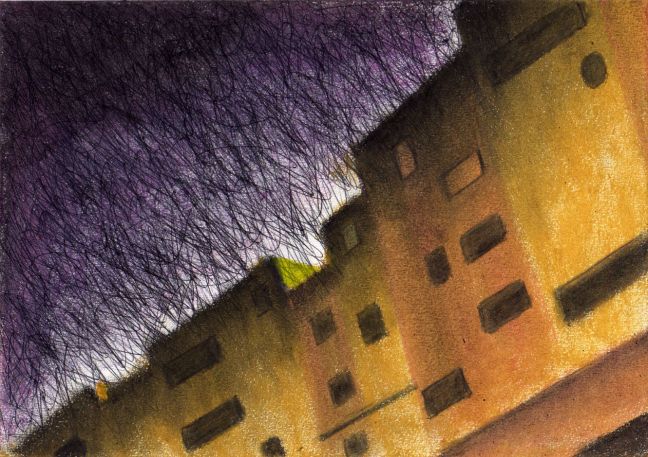
A Sleepy Sketch, not an awake one.
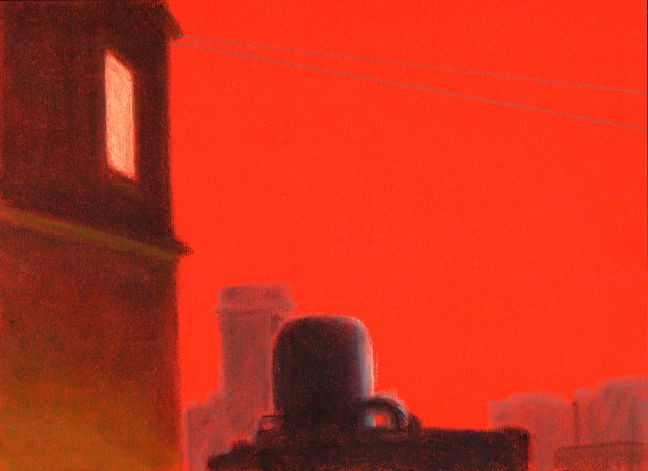
This is a pastel and pencil on red paper sketch for a larger acrylic on canvas painting. It’s part of the Portraits series.
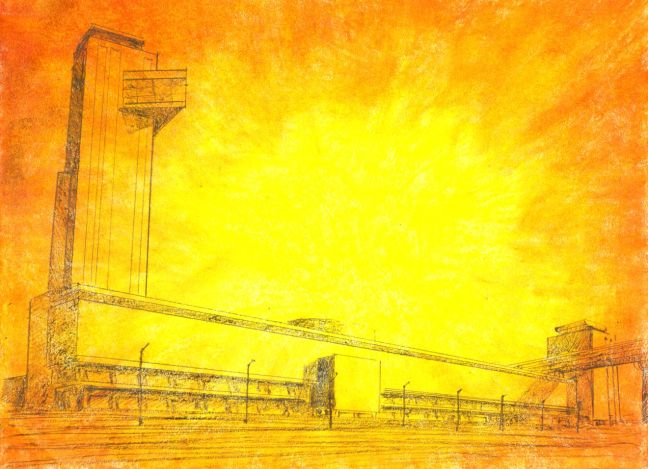
Another one of the Fried Sketches series.
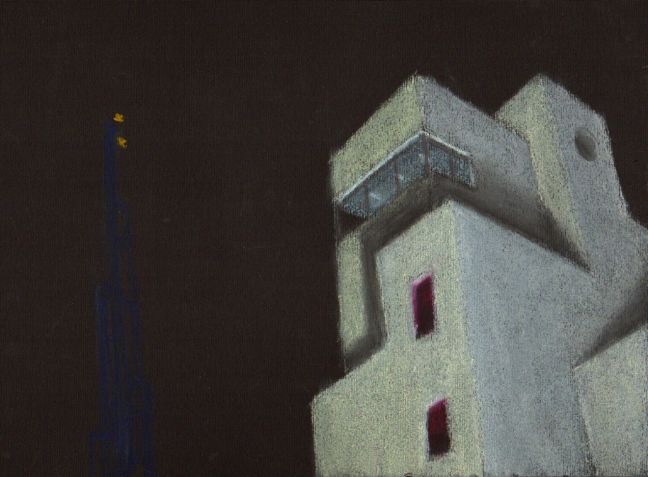
This is a pastel and pencil on black paper sketch for a larger acrylic on canvas painting. It’s part of the Portraits series.
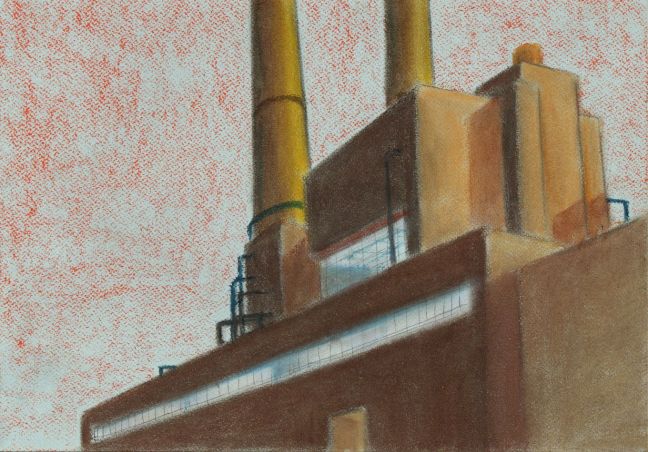
This is a pastel, pencil and ball pen on light grey-blue paper sketch for a larger acrylic on canvas painting. It’s part of the Portraits series.

Another one of the Fried Sketches series.
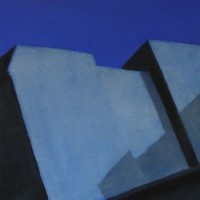 As some of you may have noticed, the titles of my paintings are usually what’s intended for “incongruous”. I often get asked what the heck I mean with them, so I’m writing down a couple lines about this nasty habit.
As some of you may have noticed, the titles of my paintings are usually what’s intended for “incongruous”. I often get asked what the heck I mean with them, so I’m writing down a couple lines about this nasty habit.
In an interview that appeared on the first issue of the Journal Of Urban Cultural Studies, by professor Benjamin Fraser of The College of Charleston (and that you can download here), I said:
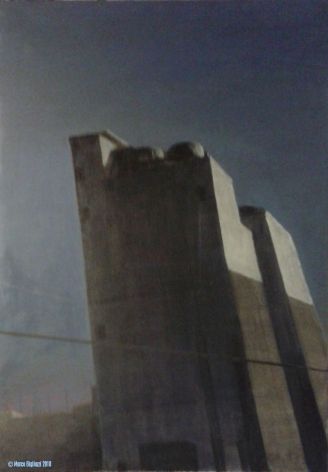
“[…] The titles of my paintings never reflect what’s depicted in the painting – I find this superfluous, redundant. Why write ‘Town at Dusk’ under a picture showing a town at dusk? That’s just to make an inventory. For me, it’s better to write a title that has nothing to do with the picture. The link, or the crush, between the image and the words becomes interesting, sometimes humorous even if mysterious or just stupid. So my titles are usually absurd, preposterous, and they often make me laugh. For instance, there is a series of Still Lifes that actually are not still lifes, being urban landscapes instead; there is a series of Portraits that are not at all portraits – for instance, Ritratto di Zampognaro/Portrait of Bagpiper has just a huge industrial building in a reddish evening sky in it. Others communicate a series of instructions or warnings: best before, area under video surveillance, authorized personnel only, to be kept dry, keep out of reach of children, etc. – slightly sinister phrases that you find on a box, on a door, in the street and that I use as preposterous titles. I owe this to Dadaism and surrealism, Magritte in particular.”
This applies to sketches as well: the Fried Sketches, the Sleepy and Awake Sketches, the Hungry Sketches, and so on.
I’ll add now a few more or less silly & serious speculations, in no particular order, that should be taken just as light entertaining material.
What else? Well, it’s up to you, now. If you have anything to say about this, just write it out.
mb